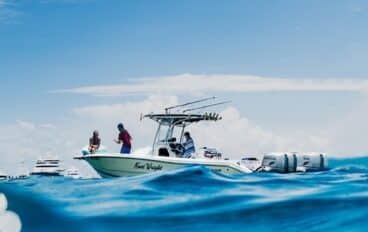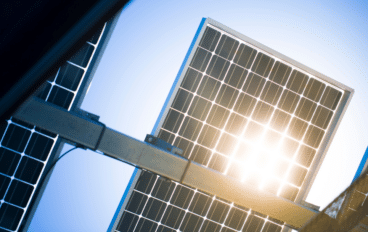
The choice of catamaran vs monohull ultimately comes down to preference. What’s critical for one buyer may mean little to another. If your partner refuses to set foot on a boat which heels, that’s a deal-breaker for a monohull. But if you’re passionate about classic looks and styling, your quest for beauty may override other considerations and rule out catamarans.
We can’t tell you whether a catamaran or a monohull is right for you. But we can help you with the pros and cons of each for your search.
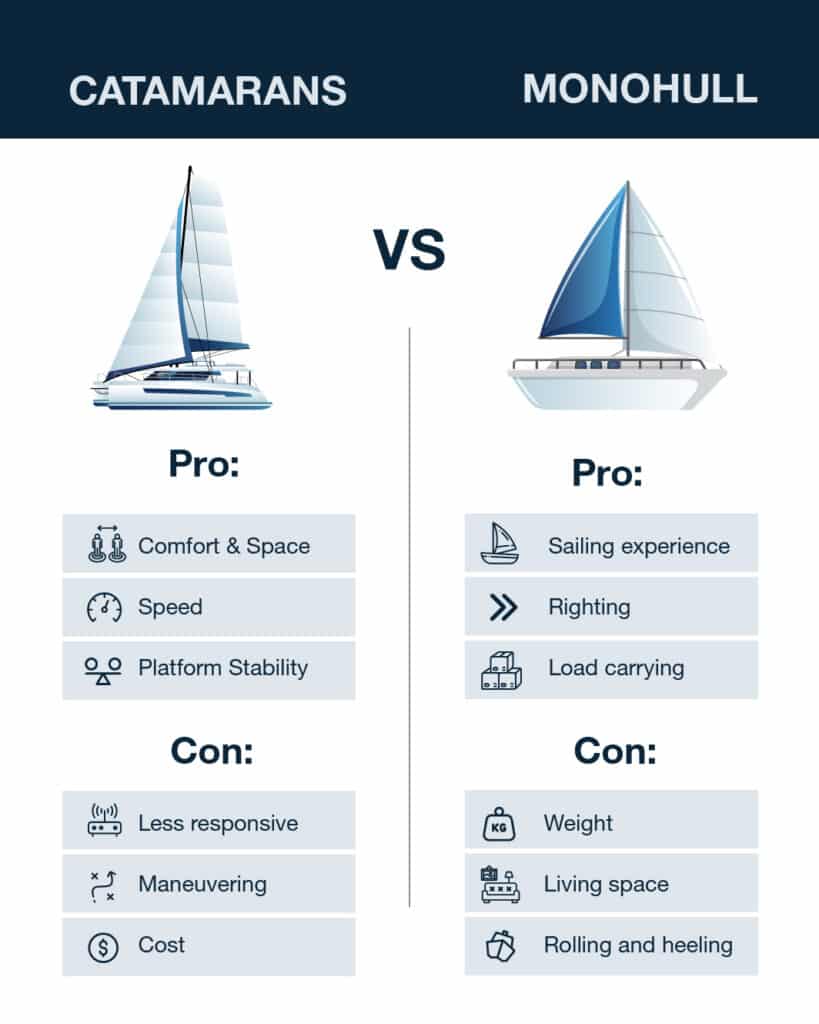
The Strengths and Pros
No matter your choice of monohull or catamaran, there are safe, comfortable, and excellent sailing boats of both types. Neither has an exclusive lock on any strength, and both sail safely and comfortably. But there’s a different emphasis on how they do it. No matter what you are trying to do – sail fast, cruise the world, or just host a crowd at the dock, there are monohulls and catamarans that can work for any requirement.
Catamaran advantages
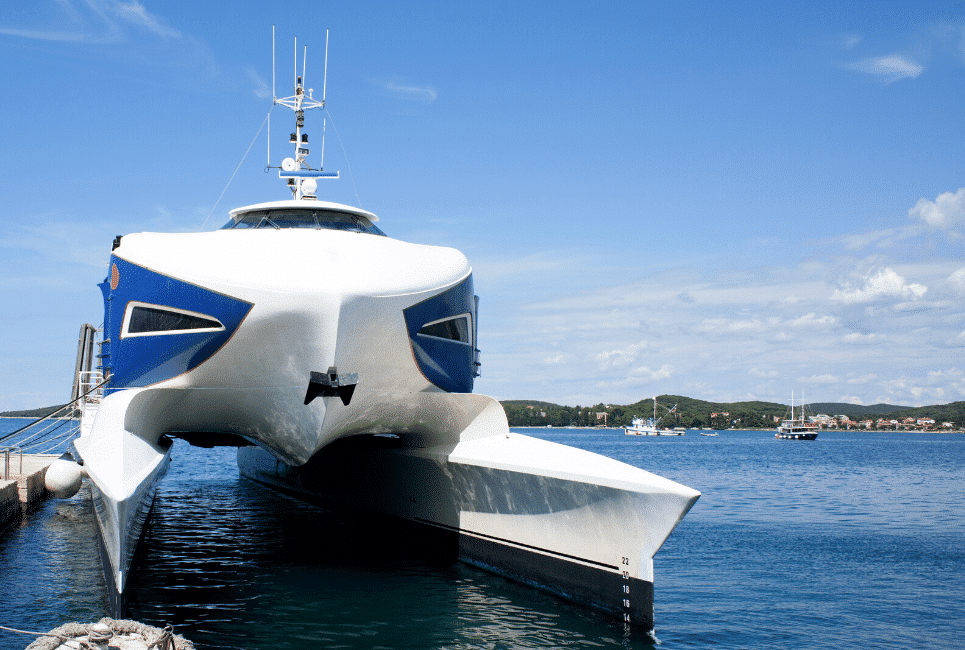
Space and comfort: Two hulls and a wide beam make a very stable platform with lots of volume in the saloon and cockpit. Most living space is above the waterline, with wonderful light and airflow. Cabins in the hulls offer better privacy and isolation, usually with standing headroom.
Straight line speed: Most catamarans are faster in straight-line sailing speed (1) that similar sized or even longer monohulls. Without a lead keel, they’re lighter, so more driving force from the sails converts to speed, and narrower hull forms may have less drag than wide hulls with deep keels. Some heavier cruising catamarans may not be faster, especially if they keep rig size small for ease of handling.
Stability: The beam of two hulls with a bridge deck leads to much higher stability and resistance to roll (2). Waves in an anchorage that induce violent roll in a monohull may make a catamaran bounce or bob. Under sail, catamarans do not heel appreciably even when powered up.
Twin engines.: With one engine in forward and balanced in reverse, most catamarans can spin in a circle in place and make sharp adjustments to the boat’s direction. If you have an engine failure, you also have a second engine, giving a safety edge when you can’t sail.
Monohull advantages

Upwind sailing performance: While catamarans have the edge at straight-line speed, monohulls sail closer to the wind. When you’re racing or you have to sail upwind to get to the next island, this can get you there faster.
Sailing feel and responsiveness: The “feel” of sailing a monohull is much better. With a single hull, you’ll feel wind pressure and trim adjustments immediately for a more responsive helm and a better ability to sail to the wind.
Maneuvering under sail: Monohulls are quite nimble tacking and turning under sail, and there’s less risk of slow or missed tacks.
Righting Moment: The primary offshore safety argument for monohulls is their ability to right when capsized. The heavy keel keeps the boat deck up when sailing, and most monohulls will come back upright even after a complete capsize.
Cargo and Loading: A higher displacement boat with thousands of pounds of lead hung from the bottom isn’t going to be as affected by loading as a relatively light multihull.
Aesthetics: This is subjective, as many catamaran enthusiasts love how they look. Classic sailboat styling, with swept sleek looks, springy sheer lines, and all the “right” proportions are more common on monohulls.
Also read: The 5 Best Electric Anchor Winches
Weaknesses and Cons
Like strengths, weaknesses are relative; just because one class has a strength doesn’t mean the other doesn’t. There are spacious monohulls and beautiful catamarans, just like there are cramped catamarans and unattractive monohulls. The differences have to be highlighted relative to each other, and the weaknesses of one are most apparent compared to the strengths of the other.
Catamaran Cons
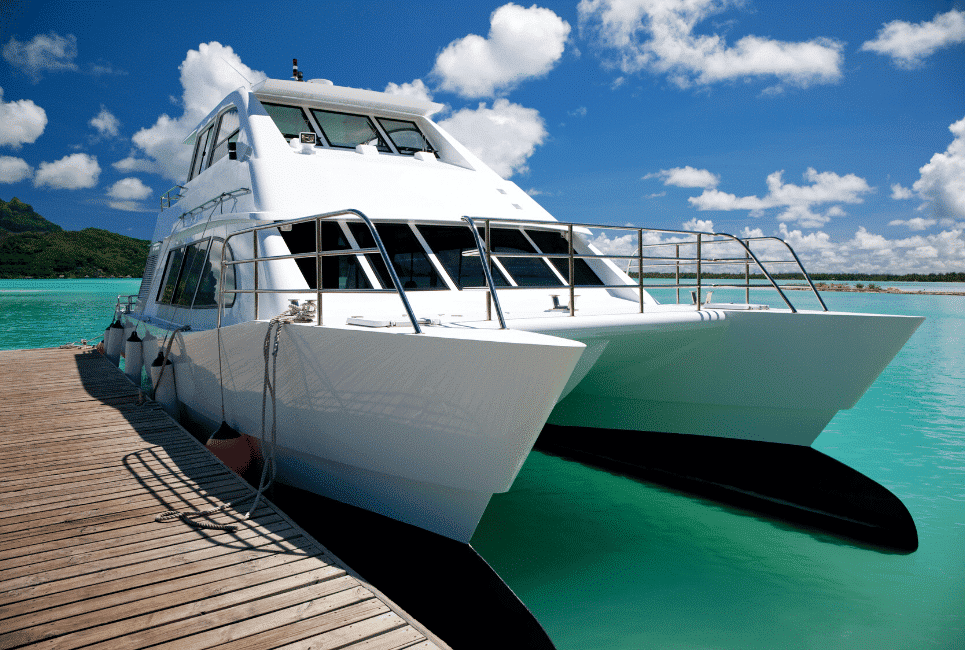
Upwind performance: Cats don’t sail as close to the wind, but they make up for it by sailing faster off the wind. You’ll sail a less direct course upwind. Even if you get in at the same time, you’ll have to sail farther.
Less responsive sailing: Two hulls with two rudders and a very broad platform reduce the helm feel when sailing, cutting responsiveness sailing in shifting wind and wave conditions. It also makes tacking slower.
No-flip zone: It is very difficult, but not impossible, to flip a large catamaran (3). But if a catamaran capsizes, it will not flip back over by itself.
Large in marina/close quarters: You have two problems in marinas. Beamy cats are tough to maneuver in tight spaces because they’re big and visibility is tough over the hulls. And many marinas charge extra because the wide beam extends into the next slip. The good news is that twin engines make tight maneuvering easier.
Price point: Catamarans are more difficult to build and need more materials. This is directly reflected in the cost of the boats.
Monohull Cons
They are heavier: Every large monohull needs a keel for stability (4). They can not sail or stay upright without thousands of pounds of ballast, and this makes them heavier and slows them down. Tiny monohulls can use a centerboard or daggerboard for stability, but most boats big enough to sleep on need ballast.
Darker interiors: Most monohull living space is lower in the boat, where you can’t put enormous windows for light and circulation. It’s very hard to get space as bright and airy as catamaran saloons.
Less living space: With one hull and no bridge deck saloon, most monohulls feel cramped compared to spacious catamarans.
More prone to rolling motions: Only one hull makes monohulls susceptible to rolling in waves, and the movement can be quite uncomfortable.
Heeling: Tipping is just part of sailing monohulls upwind and is unavoidable. It can be reduced on some other points of sail, but not eliminated. Many people, especially non-sailors and new sailors, find this movement uncomfortable or distressing.
You might also be interested in: How to Buff a Boat | A Detailed Guide by a Boating Expert




